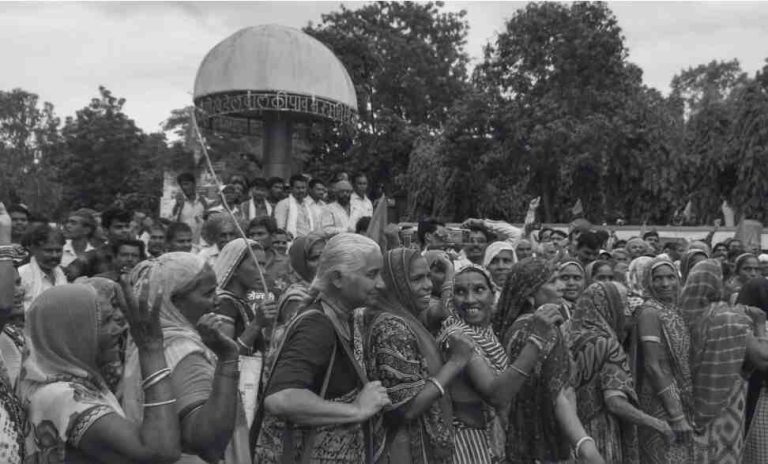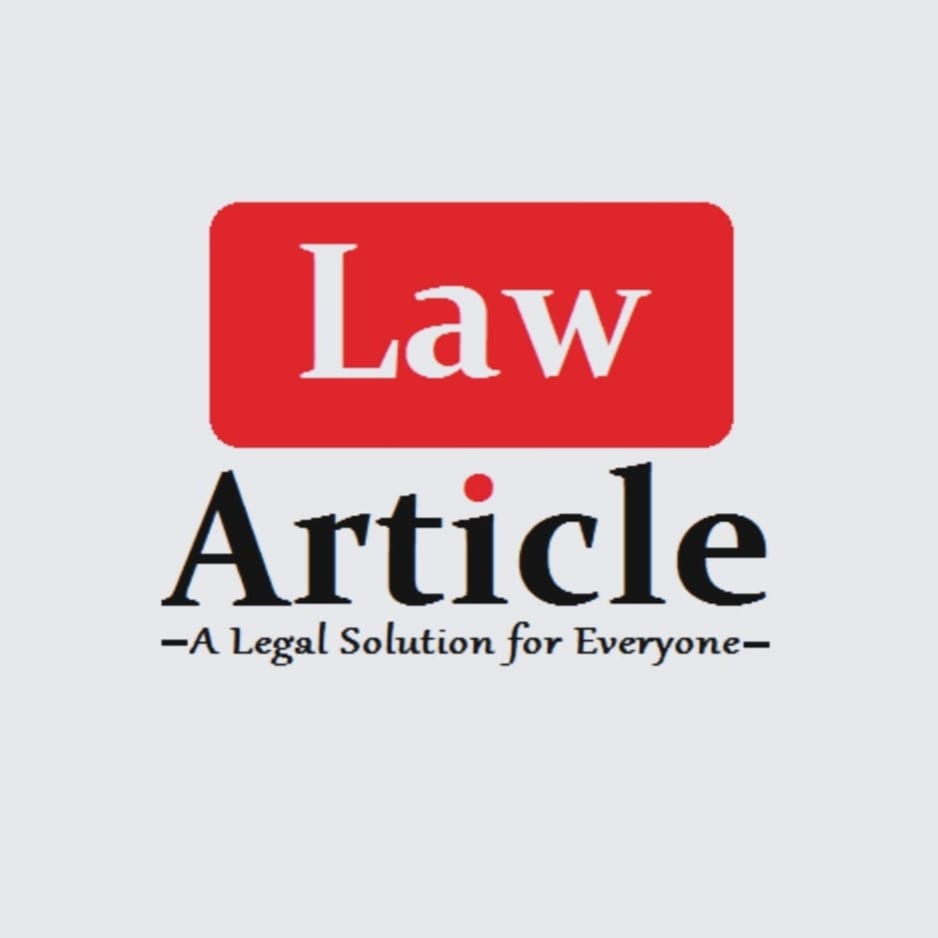Introduction
Cryptocurrency, a digital or virtual form of currency that uses cryptography for security, has seen a significant surge in popularity across the globe. In India, the rise of cryptocurrencies like Bitcoin, Ethereum, and others has sparked considerable debate over their legality and regulation. As digital assets, cryptocurrencies operate independently of central banks, which presents unique challenges for regulators. The Indian government and financial regulators have been grappling with how to regulate this new and complex asset class effectively.
Meaning of Cryptocurrency
Cryptocurrency is a type of digital or virtual currency that uses cryptography for security, making it difficult to counterfeit or double-spend. Unlike traditional currencies issued by governments (fiat money), cryptocurrencies operate on decentralized networks based on blockchain technology—a distributed ledger enforced by a network of computers (or nodes). This decentralized nature allows cryptocurrencies to operate independently of a central authority, such as a bank or government.
Key characteristics of cryptocurrencies include:
- Decentralization: Unlike traditional currencies, which are typically regulated by a central bank or government, cryptocurrencies are decentralized and often operate on a peer-to-peer network, enabling transactions directly between users without intermediaries.
- Blockchain Technology: Most cryptocurrencies use blockchain, a secure, transparent, and immutable ledger that records all transactions across a network of computers. This ensures that once a transaction is recorded, it cannot be altered or deleted.
- Cryptography: Cryptocurrencies use cryptographic techniques to secure transactions, control the creation of new units, and verify the transfer of assets. This ensures that transactions are secure and that the identity of the parties involved is protected.
- Anonymity and Pseudonymity: Many cryptocurrencies offer a degree of anonymity, as transactions do not require personal information. However, this varies between different cryptocurrencies, with some offering more privacy than others.
- Digital Nature: Cryptocurrencies exist only in digital form and have no physical counterpart like coins or banknotes. They are stored in digital wallets, which can be accessed via computers, smartphones, or specialized hardware.
The most well-known cryptocurrency is Bitcoin, which was introduced in 2009 by an unknown person or group using the pseudonym Satoshi Nakamoto. Since then, thousands of alternative cryptocurrencies have been created, each with unique features and use cases.
Cryptocurrency regulation refers to the legal frameworks and guidelines established by governments to oversee the use, trading, and management of cryptocurrencies. These regulations aim to prevent illegal activities like money laundering, fraud, and tax evasion while ensuring consumer protection and financial stability. In India, the regulatory approach has been cautious, with a focus on balancing innovation with the need for oversight.
Cryptocurrency Laws in India
The legal landscape for cryptocurrencies in India has evolved significantly over the years. Initially, the Reserve Bank of India (RBI) was wary of cryptocurrencies, issuing a circular in April 2018 that prohibited banks and financial institutions from providing services related to virtual currencies. This effectively banned the use of cryptocurrencies in the country. However, in a landmark decision in March 2020, the Supreme Court of India struck down the RBI ban, stating that it was disproportionate and violated the fundamental rights of cryptocurrency businesses.
Since then, there has been ongoing discussion regarding the establishment of a comprehensive regulatory framework. The proposed Cryptocurrency and Regulation of Official Digital Currency Bill, 2021, seeks to create a legal foundation for the introduction of an official digital currency by the RBI while simultaneously banning private cryptocurrencies. However, the bill has faced delays, and the government is still in the process of formulating its final stance on the matter.
As of August 2024, the “Cryptocurrency and Regulation of Official Digital Currency Bill” has not been passed and is still under consideration by the Indian government. While there has been ongoing speculation and anticipation regarding its introduction in Parliament, the bill’s exact timing remains uncertain.
The Indian government appears to be taking a cautious approach, potentially revising its stance on the outright ban of private cryptocurrencies and focusing on aligning with international regulatory standards.
Impact of the proposed “Cryptocurrency and Regulation of Official Digital Currency Bill”
The impact of the proposed “Cryptocurrency and Regulation of Official Digital Currency Bill” in India could be significant, influencing various aspects of the economy, the cryptocurrency market, and technological innovation.
1. Market Impact
If the bill were to ban private cryptocurrencies, it could lead to a major disruption in the cryptocurrency market in India. Millions of Indian investors hold cryptocurrencies, and an outright ban could result in significant financial losses. This could also lead to the closure of cryptocurrency exchanges operating in India or force them to move their operations offshore.
2. Innovation and Blockchain Development
A ban or strict regulation could stifle innovation in the blockchain and cryptocurrency sectors in India. Blockchain technology, which underpins cryptocurrencies, has numerous applications beyond digital currencies, including in supply chain management, healthcare, and finance. A restrictive approach could deter startups and tech companies from exploring blockchain solutions, potentially causing India to fall behind in a rapidly growing global industry.
3. Financial Inclusion and Digital Economy
The introduction of a Central Bank Digital Currency (CBDC), as proposed in the bill, could promote financial inclusion by providing a stable and government-backed digital currency. However, the elimination of private cryptocurrencies could limit the diversity and accessibility of digital financial tools, particularly in a country where many people are still unbanked.
4. Legal and Regulatory Landscape
The bill would create a clear legal framework for cryptocurrencies in India, which could help prevent fraud, money laundering, and other illegal activities often associated with unregulated digital currencies. However, the extent of the regulation will determine whether it creates a safe environment for innovation or stifles the growth of the industry.
5. Investor Protection
On the positive side, the bill could enhance investor protection by regulating cryptocurrency trading and establishing clearer guidelines for the industry. This could reduce the risks associated with volatile and speculative investments, thereby safeguarding small investors from potential financial losses.
6. Global Implications
India’s approach to cryptocurrency regulation could influence other emerging markets. If India adopts a stringent regulatory framework or a ban, it might encourage other countries to follow suit. Conversely, if the regulation is balanced, it could serve as a model for other nations grappling with the challenges of regulating digital currencies.
In summary, the bill’s impact will largely depend on its final form. While it has the potential to bring clarity and stability to the cryptocurrency market in India, it also risks stifling innovation and financial inclusivity if the regulations are too restrictive. The government’s final decision will be crucial in shaping the future of cryptocurrencies and blockchain technology in India.
Case Laws on Cryptocurrency in India
The legal battle over the RBI bans on cryptocurrencies resulted in the Supreme Court case, Internet and Mobile Association of India v. Reserve Bank of India (2020). The Supreme Court’s decision to lift the ban was a significant victory for the cryptocurrency industry in India. The court held that the RBI’s action was arbitrary, and that the absence of a legislative framework could not justify the prohibition of cryptocurrencies.
Another notable case is Dwaipayan Bhowmick v. Union of India, where a petition was filed seeking the regulation of cryptocurrencies to protect investors. The Supreme Court, while hearing the case, directed the government to clarify its stance on cryptocurrency regulation, prompting further discussions and legislative action.
Conclusion
The regulation of cryptocurrencies in India remains a work in progress, with the government walking a fine line between encouraging innovation in digital assets and ensuring financial stability and consumer protection. While the Supreme Court’s intervention provided a temporary respite to the cryptocurrency industry, the future of cryptocurrencies in India will depend on the government’s final stance and the eventual passage of comprehensive legislation. As the global landscape continues to evolve, India’s approach to cryptocurrency regulation will be closely watched by investors and regulators alike.
Also Read:
Rights of undertrial prisoners in India
How To Send A Legal Notice In India









